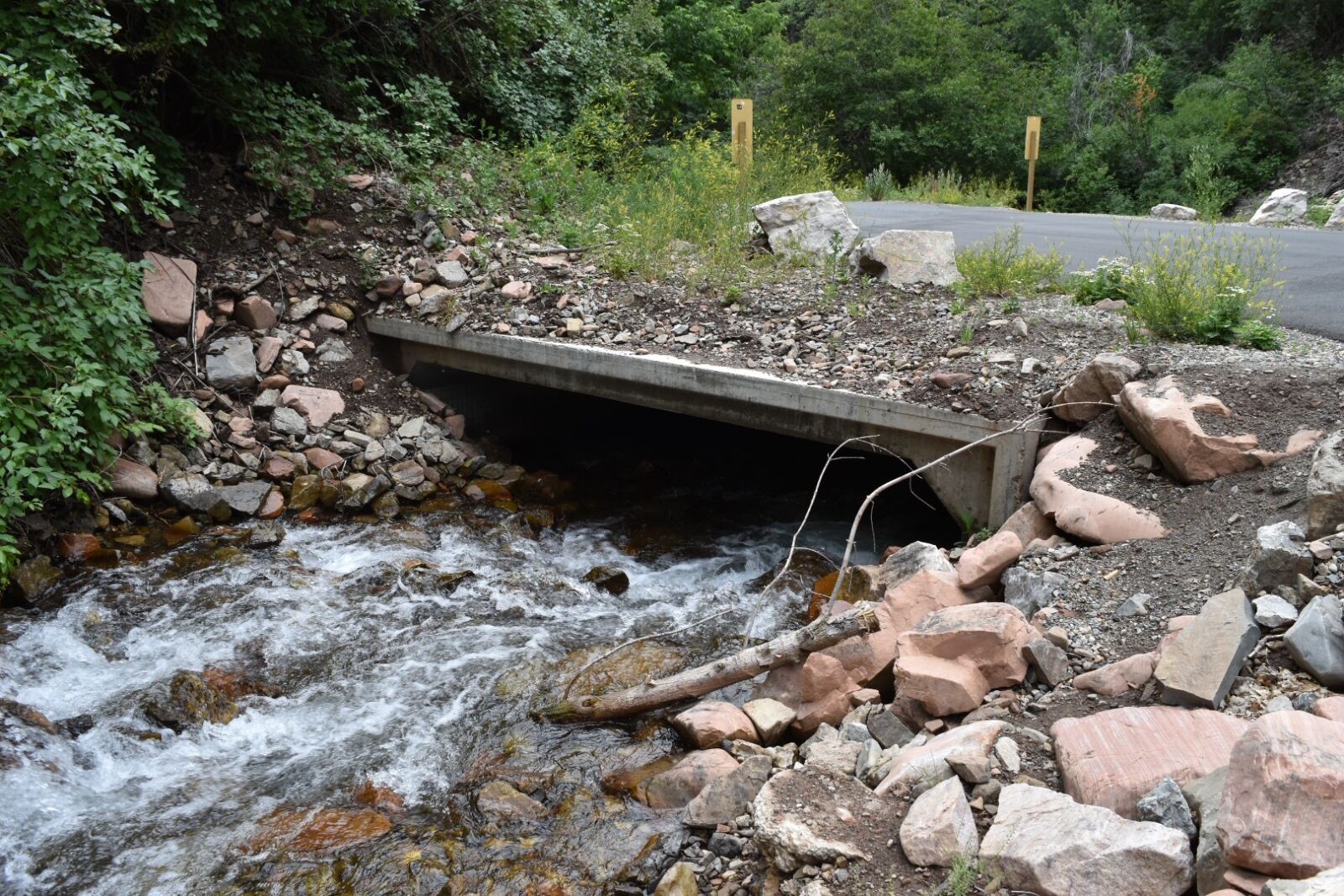Partnership with Boeing puts removal of last fish passage barriers on the Uinta-Wasatch-Cache National Forest’s Mill Creek within reach.
On the Uinta-Wasatch-Cache National Forest just outside of Salt Lake City, UT, the National Forest Foundation (NFF) is working with the U.S. Forest Service and many local partners to improve the Mill Creek watershed and reconnect habitat for Bonneville cutthroat trout and other native fish.
Mill Creek is one of the few places left in the country that provides habitat to Bonneville cutthroat trout, Utah’s State Fish and a Forest Service Sensitive Species, which could end up on the Endangered Species list absent protective measures, such as this project. Just one drainage south of Parley’s Canyon and north of the Big and Little Cottonwood Canyons, which currently supply more than 60% of Salt Lake’s culinary water, Mill Creek is believed to be one of the next watersheds in line to be included in Salt Lake’s municipal water supply.

“The NFF is proud to announce our partnership with The Boeing Company to restore upper Mill Creek. This work is improving a critical watershed and reconnecting habitat for Bonneville cutthroat trout and other native fish. Boeing’s support will help us complete a critical phase of a multi-year scope of work. We are grateful for this generous support” said Mary Mitsos, National Forest Foundation president.
In 2011, when work on Mill Creek first began, multiple manmade structures – including undersized culverts and a 14-foot hydroelectric dam left over from Mill Creek’s historic use as a source of hydroelectric power – impacted a more than ten-mile stretch of upper Mill Creek. In addition, competition with introduced non-native fish had made Bonneville cutthroat trout completely nonexistent throughout this stretch of their historic range.
The NFF is working in close partnership with the Forest to restore healthy stream features and streamside vegetation and replace undersized culverts with larger structures that will allow for fish passage and improve the health of the watershed overall. Since 2011, numerous partners have supported this multi-year, landscape-scale project by removing hybrid cutthroat and non-native trout, reintroducing Bonneville cutthroat trout, connecting isolated habitats, and restoring natural stream features and riparian conditions. This work also includes public awareness and engagement components through volunteer opportunities, recreation improvements and education.
We aspire to be a top performer in every area of our business, and that includes leading in the communities where our employees and their families live and work. By harnessing our teammates’ unique skills and passion for giving, our professional networks and partnerships, and our financial resources, we will inspire the dreamers of tomorrow and drive positive, lasting change in our communities across the globe.
Boeing’s support of this important work helps put the NFF within reach of removing these last structures this summer, improving a more than 10-mile section of river. Thanks to committed partners and generous local support, all the non-native fish have been removed from the project area, native Bonneville cutthroat trout have been reintroduced, and only three undersized culverts and a small diversion weir remain within the project area.
About Boeing
Through purposeful investments, employee engagement and thoughtful advocacy efforts, Boeing and its employees support innovative partnerships and programs that align with our strategic objectives, create value and help build better communities worldwide. This includes improving access to globally competitive learning as well as workforce and skills development, and supporting our military and veteran communities. In 2017, Boeing and its employees contributed more than $167 million to improve communities across the globe.

